
21:33199 葛飾北齋と浮世絵 2017-09-15 漢清講堂
https://www.youtube.com/watch?v=r2mvLSoT3OQ&t=15s
- 『眩(くらら)~北斎の娘~』2017年
『HOKUSAI』Official Trailer 2 | IN CINEMAS 2021
***
葛飾北齋 熱:從漢清講堂 199: 葛飾北齋と浮世絵2017。到:NHK 歴史探偵「葛飾北斎 天才絵師の秘密」『知られざる北斎』
葛飾北齋 熱:從漢清講堂 199: 葛飾北齋と浮世絵2017。到:NHK 歴史探偵「葛飾北斎 天才絵師の秘密」『知られざる北斎』
https://www.facebook.com/hanching.chung/videos/4389317167745723
重尋巨浪:不為人知的 葛飾北齋

モネ・ゴッホはなぜ北斎に熱狂したのか?日本人だけが知らない真実。パリの天才画商・林忠正と小布施の豪商・高井鴻山から「ジャポニスム」の謎を解く!圧巻のノンフィクション!
著者について
1960年埼玉県入間市生まれ。信州大学人文学部卒業。96年『ライオンの夢、コンデ・コマ=前田光世伝』にて第三回小学館ノンフィクション賞優秀賞受賞。2012年度『ピアノはともだち、奇跡のピアニスト辻井伸行の秘密』が青少年読書感想文全国コンクール課題図書選定。14年「佐村河内守事件」報道により、第45回大宅壮一ノンフィクション賞(雑誌部門)受賞。「異文化」「表現者」「アウトロー」をテーマに、様々なジャンルの主人公を追い続けている。
モネ、ゴッホはなぜ北斎に魅せられたのか? いまなぜ、北斎なのか? 天才画商・林忠正と、小布施の豪商・髙井鴻山から日本人だけが知らない真実を解く、圧巻のノンフィクション!
葛飾北斎(1760~1849)。西洋ではダ・ヴィンチと並び称される19世紀最大の画家であり、モネ・ゴッホなど芸術家へ与えた影響も大きい。しかし日本では「子どもの鼻ふき紙」だった北斎(浮世絵)が、なぜ西洋でここまで価値が上がったのか。そこには資本主義の光と闇があった。そして北斎が晩年のアトリエとした長野県小布施には何があったのか? 林忠正と髙井鴻山、二人の男から「いまなぜ北斎なのか」を解く革新的ノンフィクション! <目次より>今日のジャポン・エクスポ=150年前のジャポニスム/北斎の誕生/モネと北斎/北斎をプロデュースした男・林忠正/小布施の北斎と高井鴻山、豪商文化/北斎からまちづくりへ
***
出自浮世繪繪師葛飾北齋的「神奈川沖浪裏」,應是最知名的浮世繪,更啟發梵高創作「星夜」。生平作品超過 3 萬幅的北齋,其繪畫集「#北齋漫畫」題材廣泛,有「繪畫百科全書」之稱。除了「北齋漫畫」,原來北齋另有一本鮮為人知的畫集「萬物繪本大全圖」。#大英博物館 去年便購入其中 103 張,並於 9 月 3 日起在網上公開。
詳細全文:
https://bit.ly/3k4YQ3T

CUP.COM.HK
大英博物館,失傳的葛飾北齋「萬物繪本大全圖」 - *CUP
出自浮世繪繪師葛飾北齋的「神奈川沖浪裏」,應是最知名的浮世繪
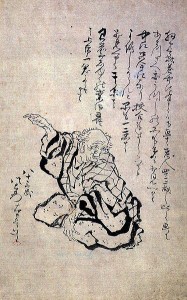
Hokusai (1760-1849) [89], Self-portrait at the age of 80 The maxim of Hippocrates, Ars longa, vita brevis (Art is long, life is short), is both a blessing and a curse for artists. That’s because so many, like the great Edo era artist Hokusai, are never satisfied with their past works and count on reaching a ripe old age to finally become successful. He explained,
“From the age of 6, I had a mania for drawing the shapes of things. When I was 50, I had published a universe of designs. But all I have done before the the age of 70 is not worth bothering with. At 75, I’ll have learned something of the pattern of nature, of animals, of plants, of trees, birds, fish and insects. When I am 80, you will see real progress. At 90, I shall have cut my way deeply into the mystery of life itself. At 100, I shall be a marvelous artist. At 110, everything I create; a dot, a line, will jump to life as never before. To all of you who are going to live as long as I do, I promise to keep my word. I am writing this in my old age. I used to call myself Hokusai, but today I sign my self ‘The Old Man Mad About Drawing.”
While Hokusai only lived to be 89, he somehow managed to create over 30,000 works before his death. Among them are some of the most famous Japanese woodcuts, like the iconic “The Great Wave.” He also invented a revolutionary genre of sketchbooks called manga, whose influence continues to today.
http://hcbooks.blogspot.tw/…/hokusai-sketch-books-selection…
BBC Culture
2016年3月21日上午10:15 ·
t was the moment European art started turning Japanese.

關於這個網站
BBC.COM
Hokusai and the wave that swept the world
Without the Japanese printmaker Hokusai, Impressionism might never have happened.
「冨嶽三十六景」シリーズや、19世紀のヨーロッパにおけるジャポニスムの流行の契機となった『北斎漫画』などで知られる江戸時代後期の浮世絵師・葛飾北斎(1760〜1849)。その画業を、約480件という膨大な作品によって通覧する展覧会「新・北斎展」が、東京・六本木の森アーツセンターギャラリーで開幕した。
Crossing 70 years of Katsushika Hokusai
199 葛飾北齋と浮世絵 2017-09-15 漢清講堂
Crossing 70 years of Katsushika Hokusai
BY KATHERINE WHATLEY
NHK
北斎が描いた “肉筆画” の中でも質・量ともに世界随一といわれるこのコレクション。しかし創設者フリーアの遺志で館外への持ち出しは一切禁じられ日本で公開されたことは一度もない。その全貌に俳優・井浦新が挑む。
8K開局特番の再放送。
【出演】井浦新 田中泯
あべのハルカス美術館館長…浅野秀剛
大英博物館学芸員…ティモシー・クラーク
【語り】柴田祐規子

WWW4.NHK.OR.JP
北斎 幻の肉筆画~アメリカに眠る 画狂老人の魂~ - NHK
関連事項[編集]
北斎またはその作品に関連する施設・店舗、作品など。
北斎館[編集]
晩年の北斎が4年間を過ごした信州小布施(現・長野県上高井郡小布施町。「#生涯年表」の「天保15年」、および、「#信州小布施の肉筆画」参照)にある博物館。1976年(昭和51年)完成、2015年(平成27年)にリニューアルオープン。北斎の作品が多数展示されている。
北斎館(ほくさいかん)は長野県上高井郡小布施町にある美術館。日本浮世絵協会加入施設。
概要[編集]
江戸時代末期に、高井鴻山の招聘により小布施に長期逗留した、浮世絵師葛飾北斎の肉筆画約40点を中心に、全体で約100点を展示、収蔵する。また浮世絵関連の書籍約3000点を所蔵する。
1966年にモスクワとサンクトペテルブルクで開催された葛飾北斎展で、小布施に関連した北斎の作品が展示され、世界的な評価を得たことを機に、国内の巡回展を経て、記念館建設の機運が醸成されたことにより、1976年11月7日に開館、1977年当時の町長を中心に財団法人を設立、1991年に増改築した。
開館以来、北斎研究の重要拠点としての役割を果たしている。館内には、肉筆舞台、企画、映像の各展示室と、研修室がある。出版物には「財団法人北斎館収蔵品図録」を刊行している。
展示作品[編集]
北斎が鴻山や小布施の町組の依頼に応えて制作した上町・東町祭屋台の天井画をはじめ、「柳下傘持美人」、「白拍子」、「八朔太夫」、「桔梗」、「菊図双幅」、「大竜巻」、「富士越龍」の軸装、「七小町」の八曲一隻屏風、書簡などがある。
東町祭屋台は竜と鳳凰の二面の天井画を持ち、ともに125cm2の正方形で、竜は紅の地色に描かれ、金箔が多用されている。鳳凰は紅、緑、朱、青、茶色などを用いて描かれ、翼を広げ、尾羽を画面全体を包み込むように伸ばし、金色の球体が散りばめられている。上町祭屋台は東町のものと同じ大きさで、桐板に北斎が創出した怒涛図の二面の天井画を持つ。ともに長野県宝に指定されている[1]。
脚注[編集]
- ^ 「信州の博物館」p.54
参考文献[編集]
- 『信州の博物館』 朝日新聞長野支局、1983年
- 『長野県美術大事典』 郷土出版社 1986年
- 『長野県の博物館』 長野県教育委員会 1989年
- 『小布施・奥信濃の美術館』 郷土出版社 1998年
- 『信州の花と美術館』 小学館 1998年
外部リンク[編集]
北斎通り[編集]
東京都墨田区亀沢1丁目から錦糸公園の先の錦糸橋(横十間川)につきあたるまでの、かつての江戸・本所南割下水の排水路を暗渠(あんきょ)化して道路にした通り。東京都江戸東京博物館の建設を機に整備され、この名に改められた。
正確な根拠は不明ながら、生地とされる割下水の南部に位置することを基として、かつては亀沢側の起点付近に「葛飾北斎生誕の地」の碑が建っていたが、現在は撤去されている。また、亀沢から長崎橋跡(大横川親水公園)までの区間の照明灯には北斎の浮世絵が貼られ、携帯バーコード・サービスによって解説文の閲覧が可能となっていた(NTTドコモの提供、現在は終了)。2016年11月22日には、通り沿いにすみだ北斎美術館が開館した。
その他[編集]
- 北斎を題材とした小説・映画等作品
- 小説『溟い海』 - 藤沢周平の出世作となった短編で、1971年発表。第38回オール讀物新人賞受賞作、直木賞候補。晩年の北斎を主人公とし、『東海道五十三次』をヒットさせた気鋭・歌川広重への陰鬱な葛藤を主題とする。後年の藤沢作品とは異なる、暗澹とした展開と雰囲気が特徴。
- 『小説 葛飾北斎』 - 小島政二郎の代表作となった長編時代ロマン小説
- 戯曲『北斎漫画』- 劇作家・矢代静一の作品。昭和48年(1973年)発表、昭和56年(1981年)に映画化。
- 映画『北斎漫画』- 富士映画(のち、松竹富士)による昭和56年(1981年)製作の日本映画。矢代静一原作の戯曲『北斎漫画』を映画化した作品。春画の大家としても知られる北斎とその娘・お栄(応為)の生涯と、刎頸の友[34]・曲亭馬琴との交流を描いている。監督・脚本:新藤兼人。演者:緒形拳(鉄蔵〈葛飾北斎〉役)、西田敏行(左七〈曲亭馬琴〉役)、田中裕子(お栄〈北斎の娘・応為〉役)、樋口可南子(お直、春画「蛸と海女」の海女のモデル役)。
- 漫画『百日紅(さるすべり)』- 杉浦日向子の作品。文化の頃が舞台。葛飾北斎とその娘で同じく浮世絵師のお栄(葛飾応為)や弟子たちの目を通して北斎の人となりや江戸の息遣いを描いた作品。
- 小説『応為坦坦録』 - 山本昌代の作品。棟割り長屋で三食店屋物、絵以外は一切お構いなしで奔放自在に生きる北斎父娘。父の代筆もする娘応為の飄々とした生きっぷりを、江戸戯作者風才筆で活写する。現在は絶版 第20回文藝賞受賞 日本図書館協会選定図書 ISBN 978-4-309-00358-0
- 小説『絵師の魂 渓斎英泉』- 増田晶文の作品で2019年1月発表。渓斎英泉が私淑し、生涯の目標とした人物として北斎を描く。作中の北斎は再三にわたって英泉の画業を導き、慈父のような眼差しで彼を見守る。
- 北斎やその作品にちなむ事物等
- Googleのロゴ - 2010年10月31日に限り、葛飾北斎の生誕250周年を記念して『神奈川沖浪裏』をモチーフとしたロゴに変更された。
- 東京ディズニーランドのレストラン『れすとらん北斎』 - 店名が葛飾北斎に由来しており、店内の装飾やメニュー表のデザインなどに北斎の作品が多用されている。
- サーフ系ブランド「クイックシルバー」のロゴ - 「#富嶽三十六景」を参照のこと。
- 漫画『無限の住人(むげんのじゅうにん)』- 沙村広明の作品。安永のころが舞台。作中に北斎をモデルにしたと思われる浮世絵師「宗理」が登場する。このほかにも北斎の画号と同じ名を持つ登場人物が多い。
- 小惑星「北斎」 - 北斎にちなんで命名された太陽系小天体「12614 Hokusai」。
北斎が登場するフィクション[編集]
- 小説
- 今東光 『北斎秘画』 1969年(のち徳間文庫)
- 小島政二郎 『小説葛飾北斎』 光風社、1964年(のち旺文社文庫)
- 仁田義男 『画狂一代 小説葛飾北斎』 集英社、1989年
- 高田郁 『残月―みをつくし料理帖』 角川春樹事務所、2013年
- 山本昌代『応為坦坦録』河出書房新社
- キャサリン・ゴヴィエ『北斎と応為』2014年 (原題: "The Ghost Brush" 2010年, 米国版: "The Printmaker's Daughter" )
- 三日木人『北斎夢枕草紙 娘お栄との最晩年』 本の泉社、2017年
- 漫画
- 上村一夫 『狂人関係』 青林堂、1977年[35]
- 杉浦日向子 『百日紅』 実業之日本社、1983年 - 1987年(2015年にアニメ映画化→『百日紅 〜Miss HOKUSAI〜』)
- 石ノ森章太郎 『北斎』 世界文化社、1987年
- 戯曲
- テレビドラマ
- 『必殺からくり人・富嶽百景殺し旅』 1978年
- 『必殺スペシャル・新春 決定版!大奥、春日野局の秘密 主水、露天風呂で初仕事』1989年
- 『眩(くらら)~北斎の娘~』2017年
- 『歴史迷宮からの脱出〜リアル脱出ゲーム×テレビ東京〜』 2020年
- 映画
- アニメ
- 『タイムボカン 逆襲の三悪人』(2018年、タツノコプロ)
- ゲーム
- 『スプラトゥーン』(2015年、任天堂 ※ブキの名前として)
- 『ワールドチェイン』(2016年、セガゲームス)
- 『Fate/Grand Order』(2018年、TYPE-MOON ※三女の応為と二人一組で登場)




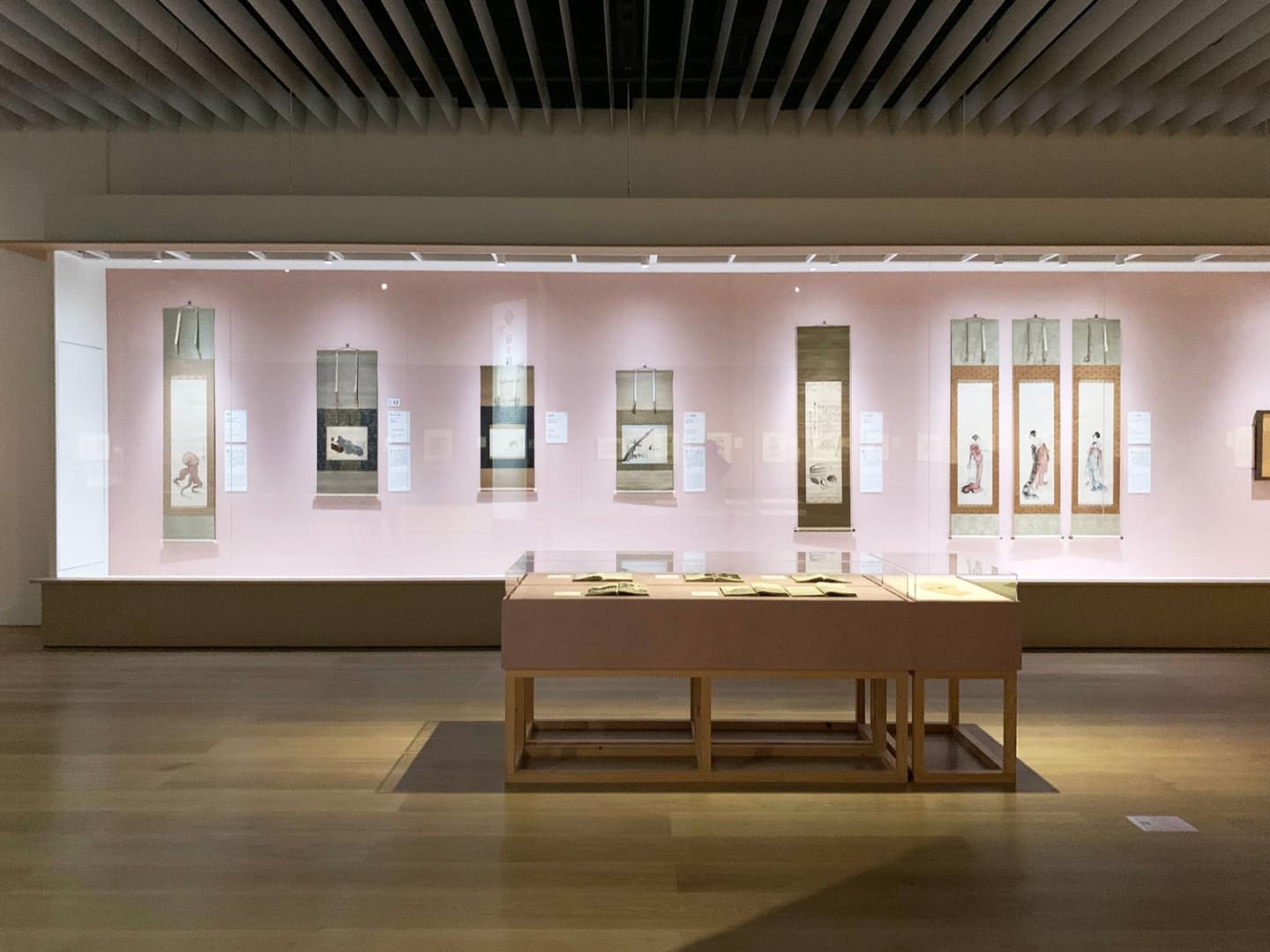
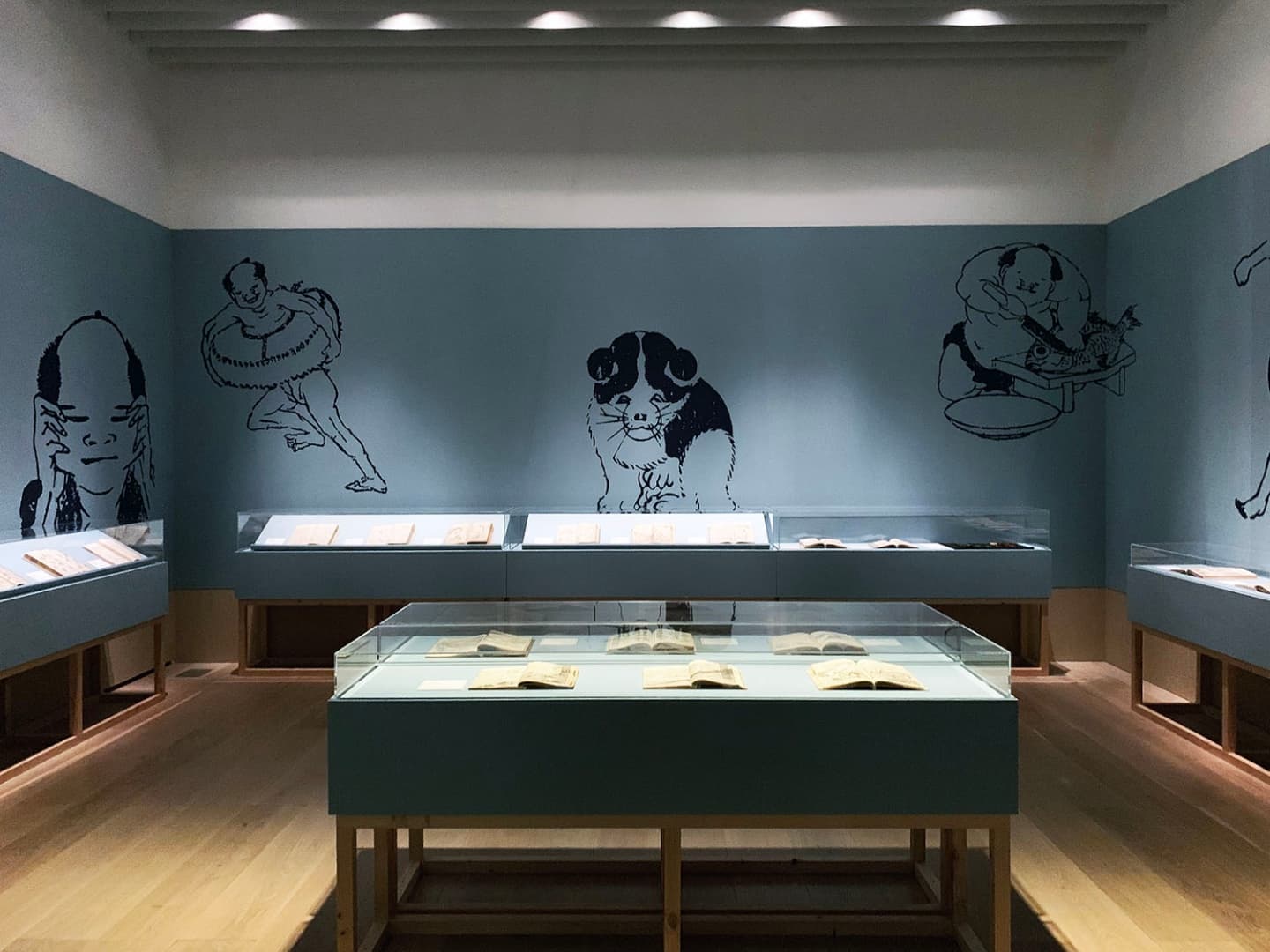
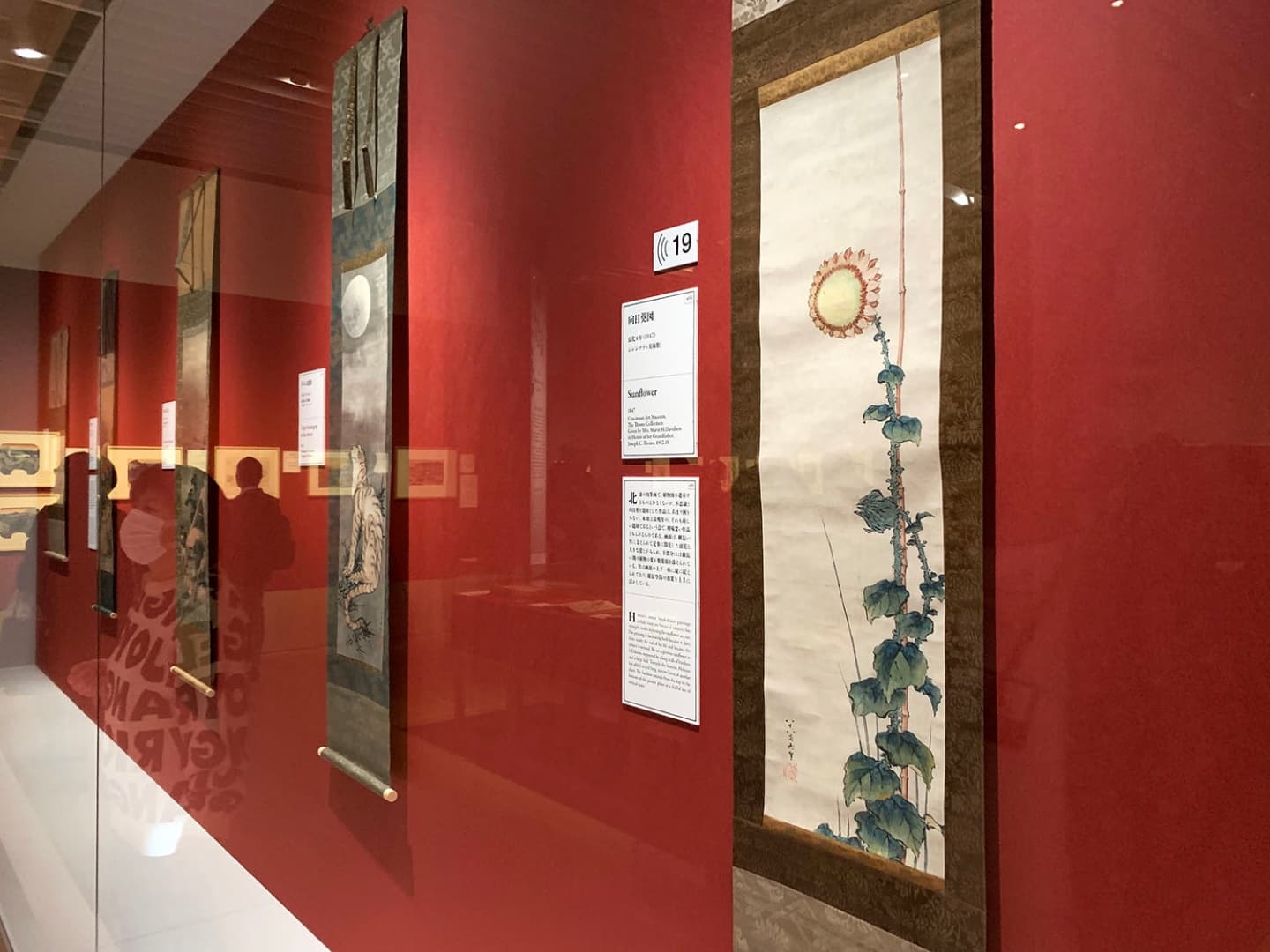
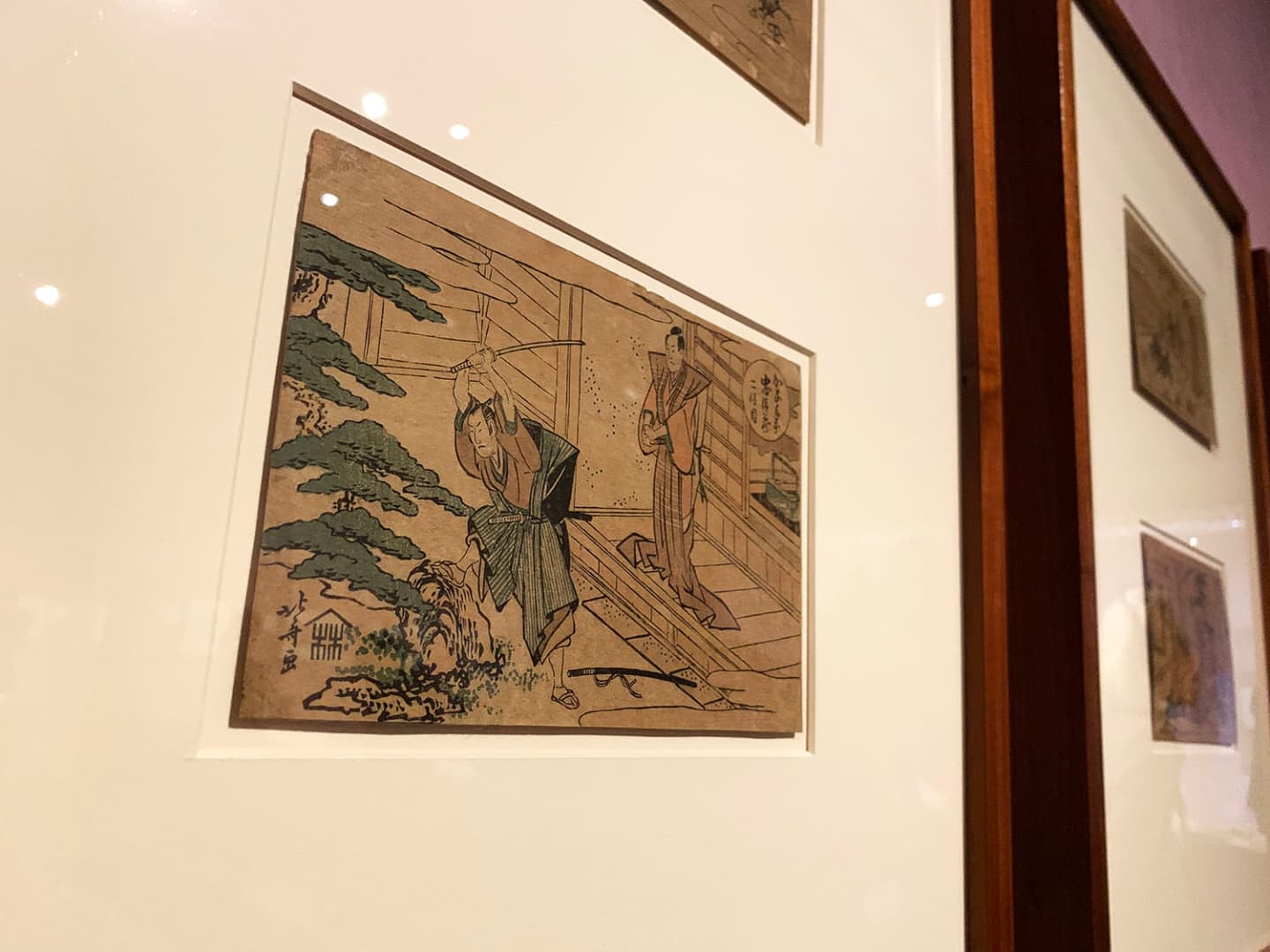
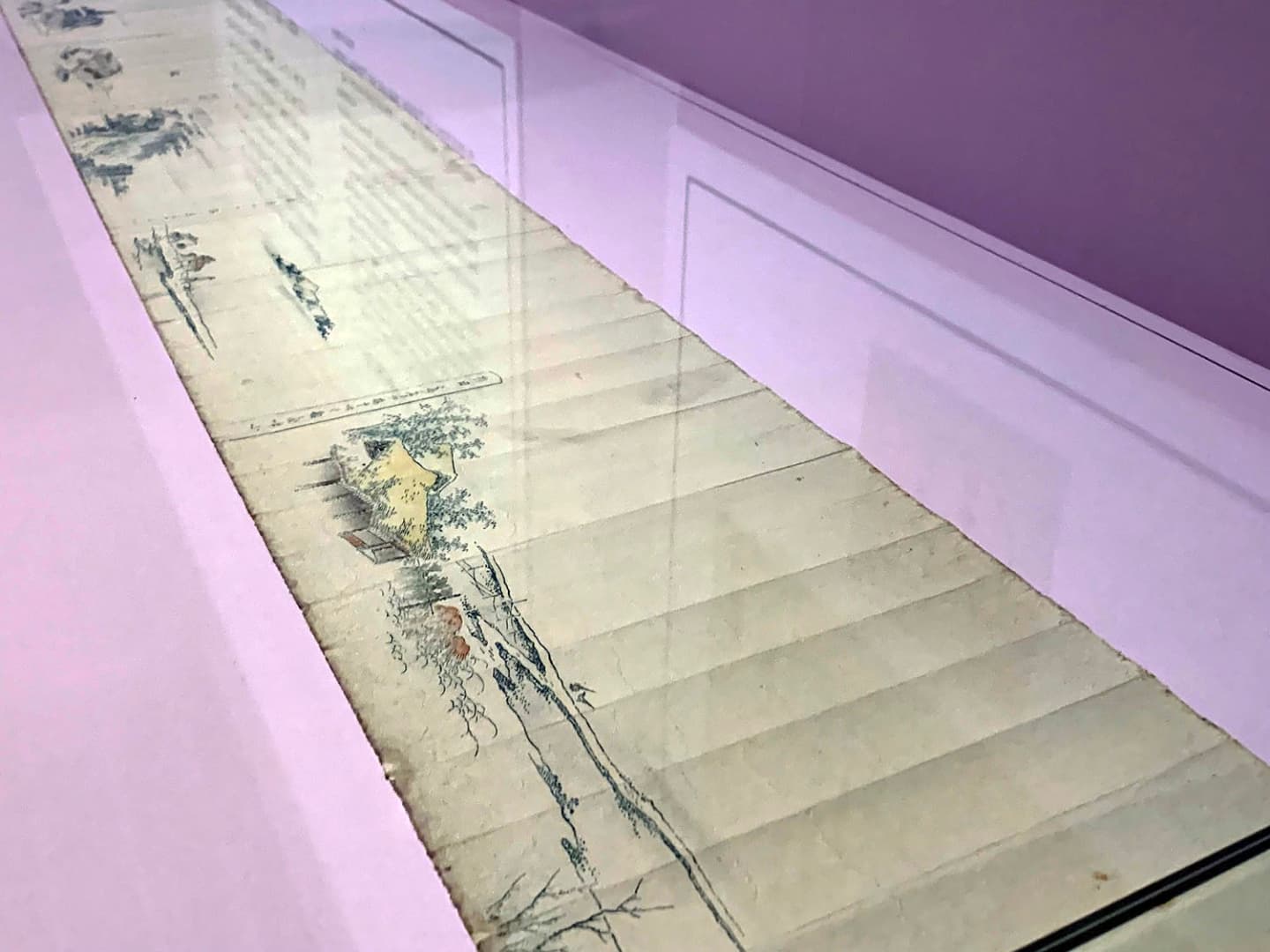
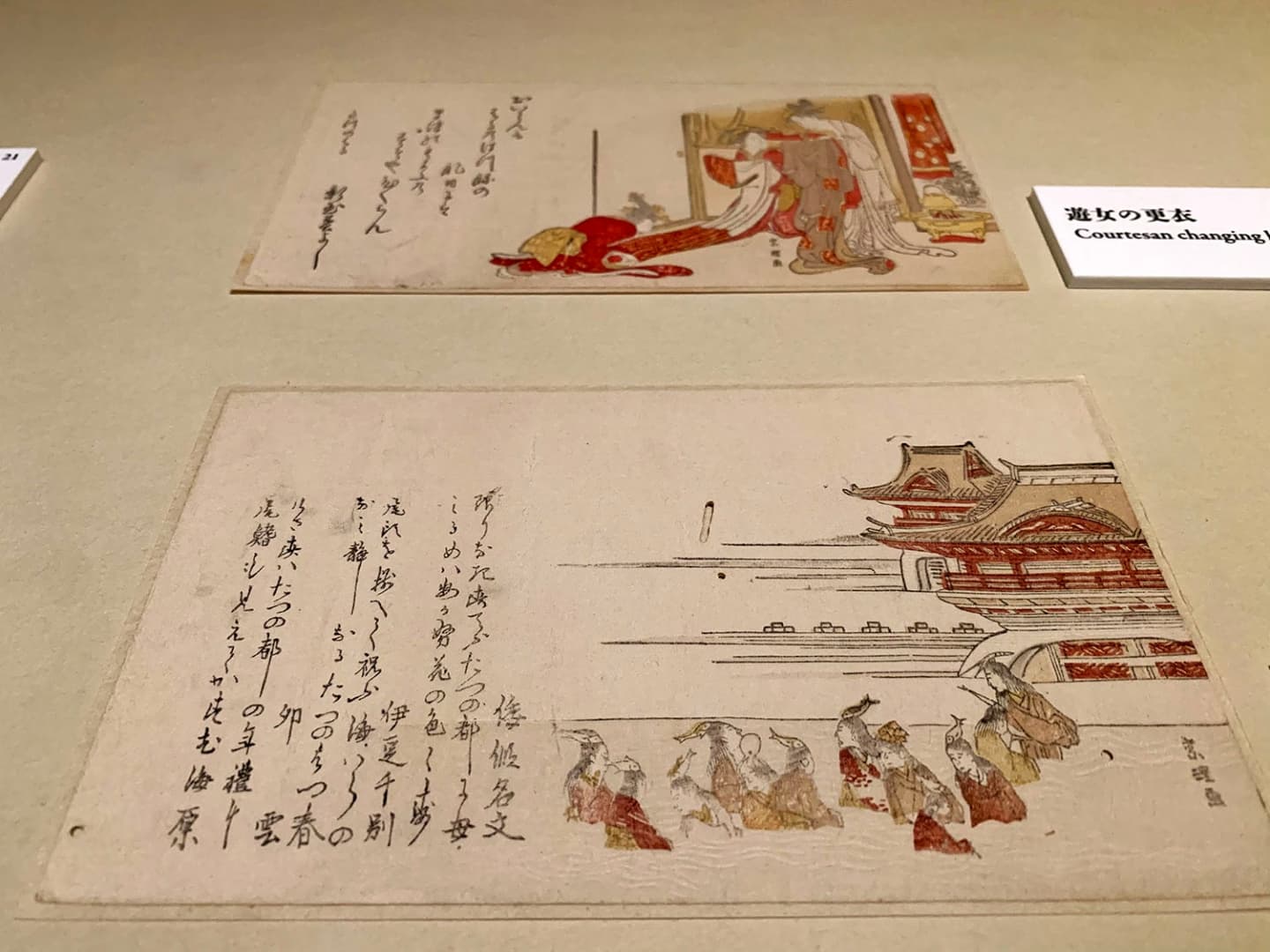


沒有留言:
張貼留言